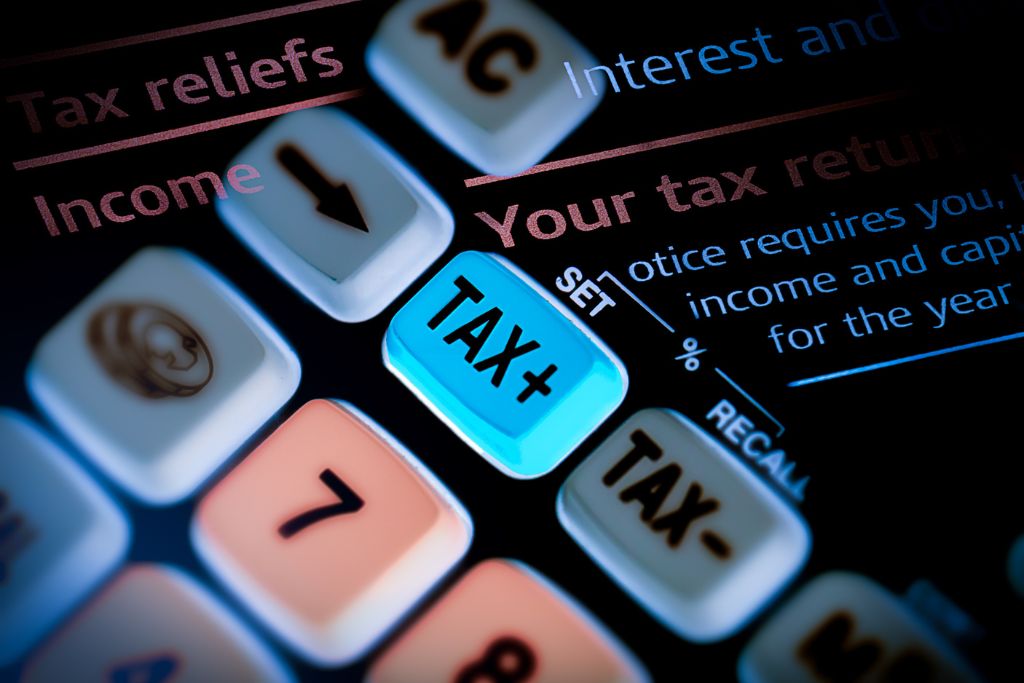The lower-class citizens of the United States have had to pay more taxes in recent times. This is because of the increase in the overall economy and state personal income tax increases. However, the higher-income earners have not seen any increase in their taxes. Nevertheless, the government has provided a refundable low-income tax credit for all citizens. These policies are important because they can help improve the well-being of all citizens.
State personal income taxes
State personal income taxes are not only an important source of income for low-income families, but they can also make a difference in a family’s ability to escape poverty. Several states have taken steps to offset the impact of these taxes. However, most state tax systems are regressive, making them a contributor to wealth inequality.
The federal government has exempted working-poor families from state income taxes since the mid-1980s. Over the past decade, many states have introduced tax cuts and credits to help poorer families. These incentives are a critical part of improving state income tax fairness.

A refundable Earned Income Tax Credit (EITC) can be especially helpful to low-income families. This credit provides a boost to income and is an effective way to lift individuals out of poverty. Depending on your state, you can receive a credit that is a flat dollar amount for each family member, or one that is based on your family’s income.
Refundable low-income credits
Refundable low-income credits are a key policy tool to improve income tax fairness. Low-income households typically pay more than wealthier households in state and local taxes. In fact, the average effective state and local tax rate for the lowest 20 percent of families is 11.4 percent. For the middle 20 percent, the effective rate is 9.9 percent. The result is that over 17 million Americans are disproportionately affected.
These credits help lower-income families and individuals make ends meet, covering basic necessities such as food, clothing, and shelter. They are especially important for families with children, as they help to subsidize their earnings. Several states offer these credit programs. Those with more equitable tax systems also provide refundable low-income credits to offset sales and property taxes.

Currently, nine states and the District of Columbia have refundable tax credits. Others are still in the process of developing them. However, the report shows that the most regressive tax systems are located in these ten states.
Tax increases on the larger economy
The debate over whether or not tax increases on the larger economy is a good idea remains ongoing. While some say raising taxes is a bad idea during a recession, others believe it’s the only way to regain lost revenue.
There are a number of reasons why higher tax rates may be beneficial. First, it helps to counter economic inequalities. Second, it boosts overall spending. Third, it can provide more stimulus for lower-income Americans. Finally, it can help reduce the nation’s deficit.

In general, the government needs more revenue. Developing countries that are looking to join the world economy will need to raise more revenues from personal income tax and foreign trade taxes. However, these tax increases don’t always affect the incentives that drive economic growth.
During the presidential campaign, one of the more egregious tax increases a politician proposed was a higher tax rate for the wealthy. Specifically, the top income tax rate could be raised from 39.6 percent to as high as 50 percent.
Public policies have the power to improve well-being
A strong public policy strategy promotes government practices and nonprofit practices that benefit people and communities. It also increases civic participation, education, and homeownership among lower-income and less-advantaged individuals.
Social welfare policy is the area of government responsibility devoted to meeting the basic human needs of individuals. It focuses on issues like education, nutrition, and environmental conservation. Although well-designed social policies can enhance the well-being of disadvantaged populations, they can also be undermined by discriminatory practices.

The Great Depression of the 1930s spurred many government programs designed to help the economically disadvantaged. Some of these include the Earned Income Tax Credit (EITC) and the Supplemental Nutrition Assistance Program (SNAP).
The War on Poverty of the 1960s ushered in more social welfare policies. These included the Older Americans Act, which continues to provide services to older adults. Other policies in this area have included laws that require people to wear seat belts, which cuts down on the number of car accidents.
